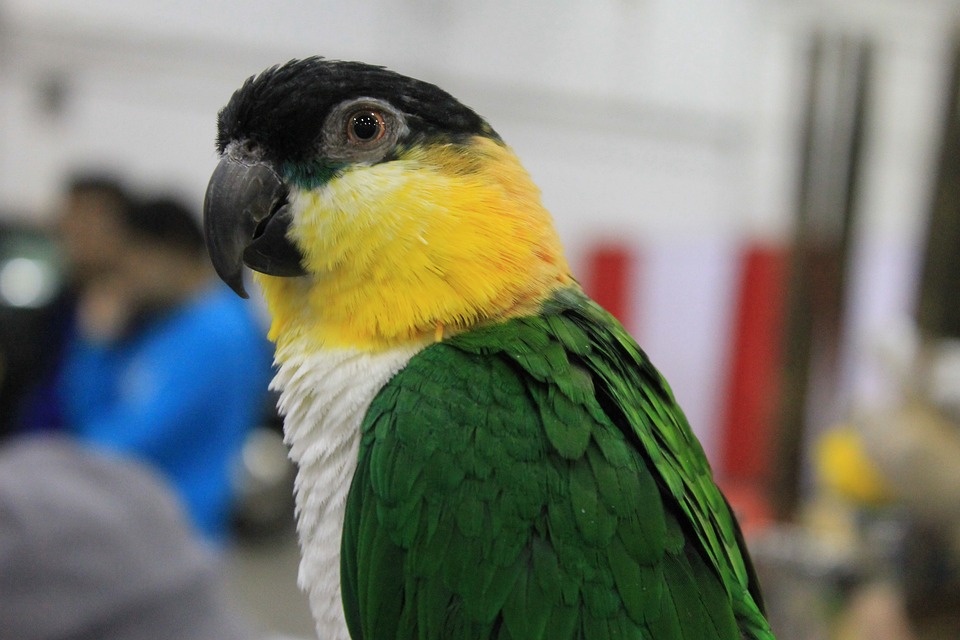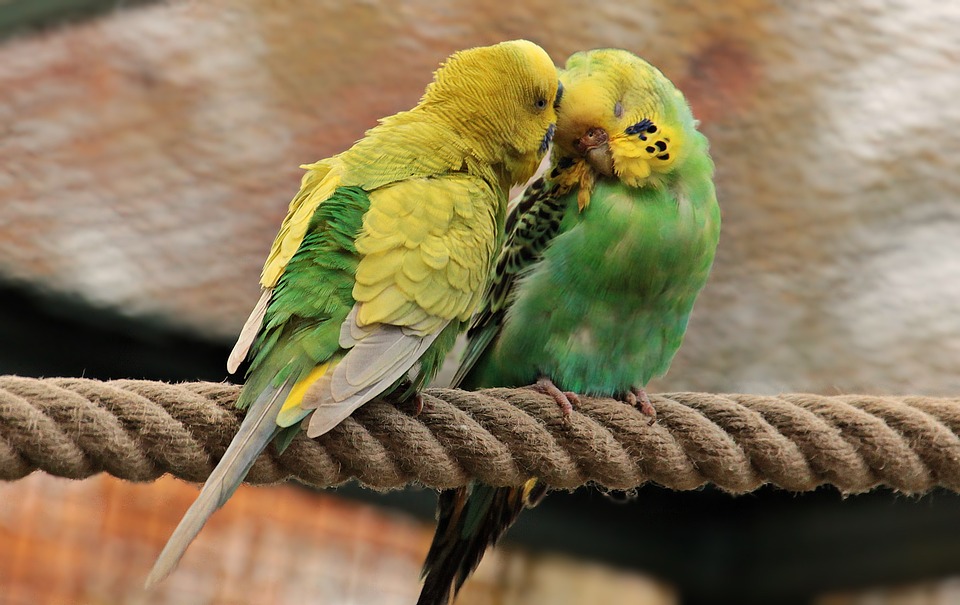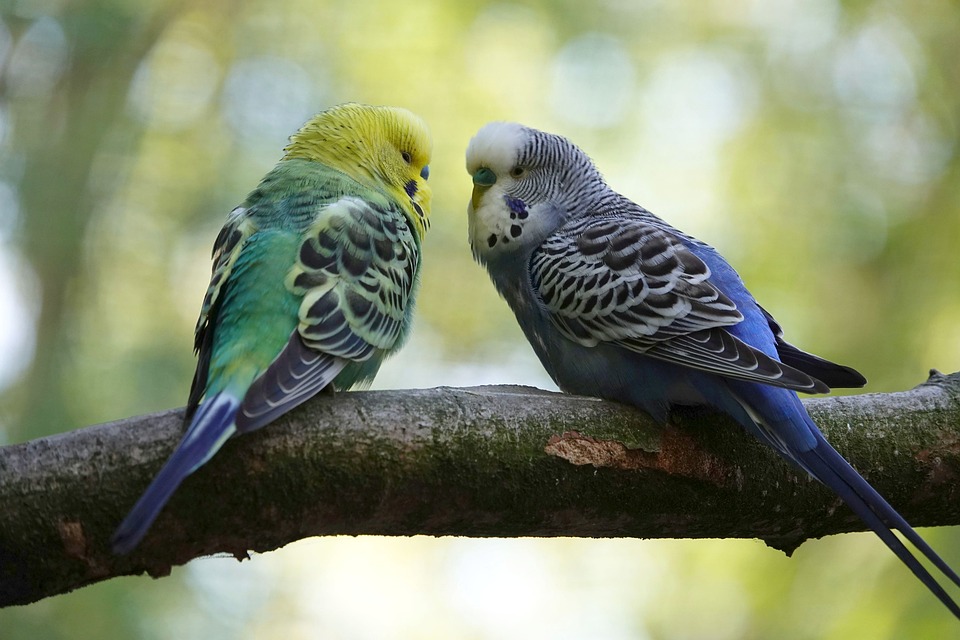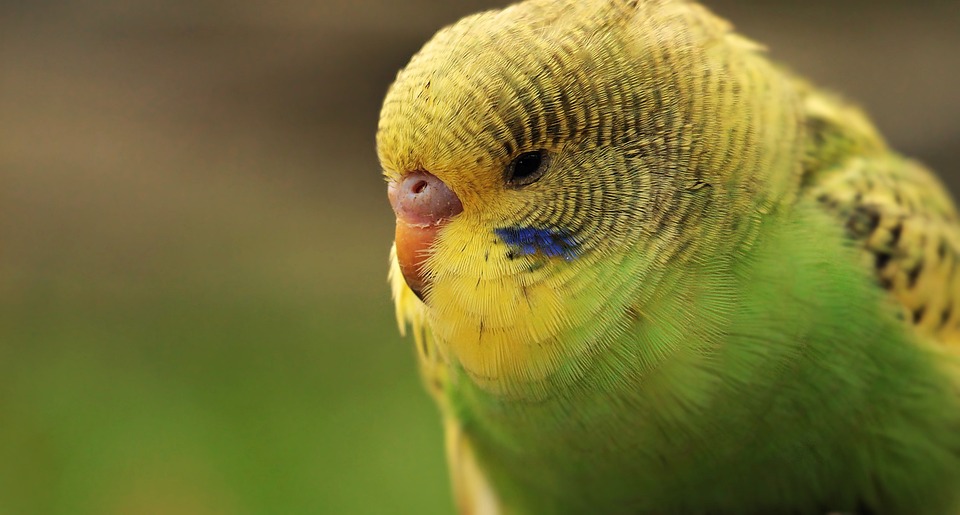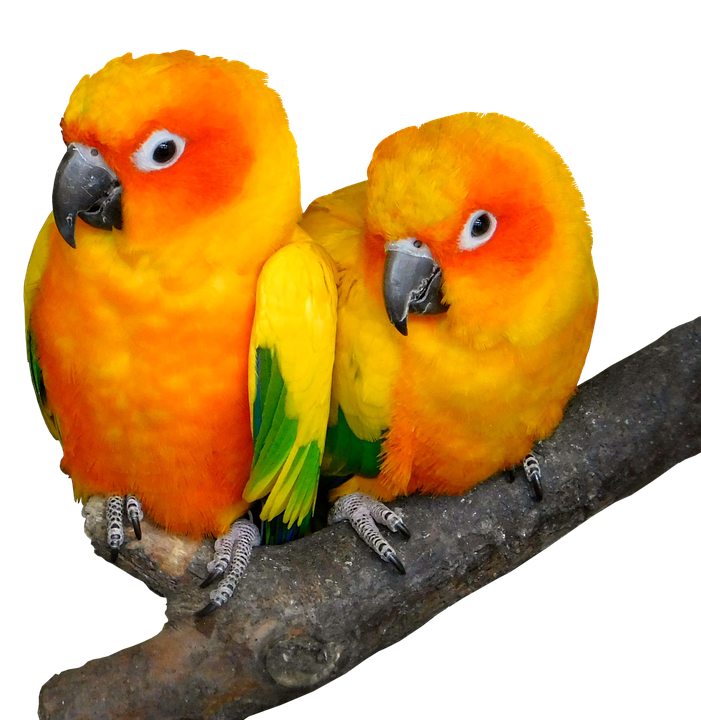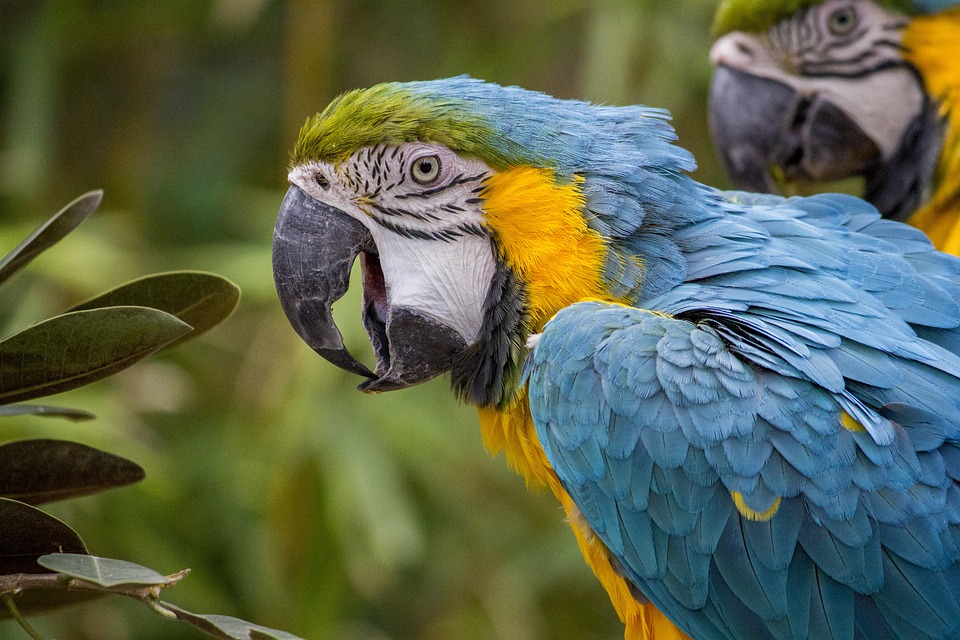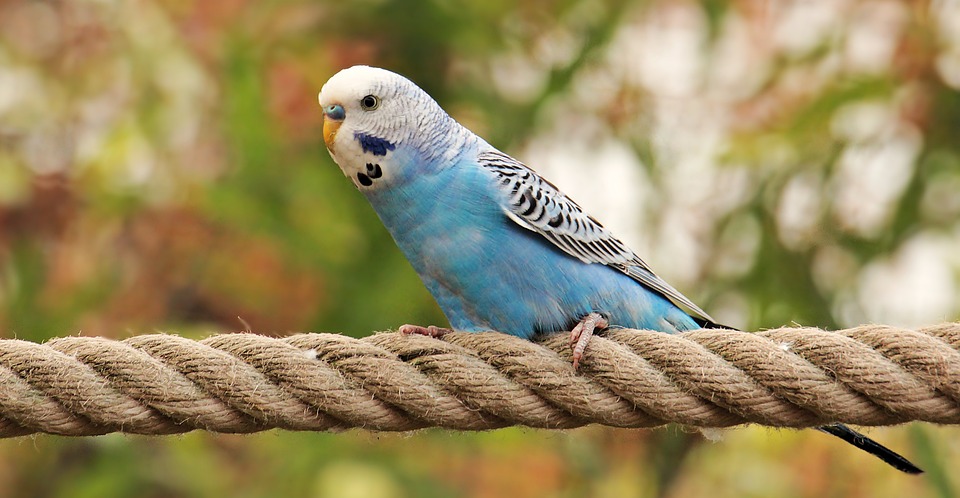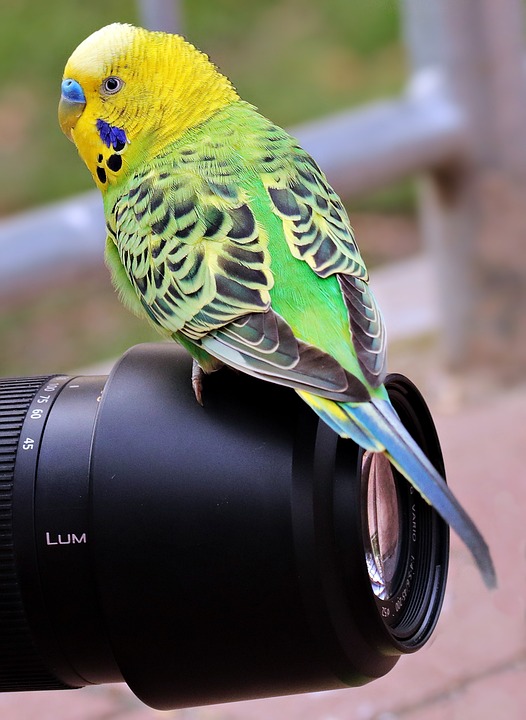Parrots are highly intelligent and trainable birds that can learn a wide range of behaviors. One useful behavior to teach your parrot is “targeting,” which involves teaching your bird to touch or approach a specific object on command. Targeting can be a fun and interactive activity for both you and your parrot, and it also serves as a foundation for teaching more advanced tricks and behaviors. In this article, we will guide you through the process of teaching your parrot to target objects effectively.
Why Teach Your Parrot to Target?
Strengthening the bond between you and your parrot: Target training allows you to interact and communicate with your parrot in a positive and engaging way. This can help strengthen the bond between you and your feathered friend.
Mental stimulation and enrichment for your bird: Parrots are highly intelligent creatures that require mental stimulation to thrive. Target training provides your parrot with a mentally challenging activity that can keep them engaged and entertained.
Foundation for teaching more complex behaviors: Target training serves as a fundamental skill that can be built upon to teach your parrot more complex tricks and behaviors. Once your parrot has mastered targeting, you can use this skill as a building block for teaching them to retrieve objects, perform acrobatics, or even solve puzzles.
Useful for training medical behaviors or moving your parrot between perches: Targeting can be particularly useful when it comes to training medical behaviors, such as stepping onto a scale or allowing examination by a veterinarian. It can also be handy for moving your parrot between perches or guiding them to specific locations.
Getting Started with Target Training
1. Choosing the right target object: Start by selecting a small, easily distinguishable object that your parrot can comfortably touch with its beak or foot. Common target objects include a small wooden dowel, a plastic ball, or a pencil eraser. Ensure the target object is clean and safe for your parrot to interact with.
2. Introducing the target object: Familiarize your parrot with the target object by allowing it to explore and interact with it freely. Observe your parrot’s curiosity and interest in the object before proceeding to the next step.
3. Establishing a positive association: Pair the target object with a positive stimulus, such as a treat or verbal praise, to create a positive association. Each time your parrot touches or approaches the target object, immediately provide a reward. This will help your parrot associate the target object with a positive experience.
Teaching the Targeting Behavior
1. Presenting the target: Hold the target object a few inches away from your parrot, within its reach. Say a clear command such as “Target” or “Touch” to indicate the desired behavior.
2. Rewarding the behavior: When your parrot touches or approaches the target object, provide immediate positive reinforcement, such as a treat or verbal praise. Repeat this process multiple times, gradually increasing the distance between your parrot and the target. This will help your parrot understand that they will be rewarded for targeting the object.
3. Shaping the behavior: Once your parrot has mastered targeting the object, you can start introducing the concept of targeting specific locations. Hold the target object near a specific perch or spot and encourage your parrot to touch it. Reward your parrot for successfully targeting the specific location. Gradually increase the complexity of the locations to further challenge your parrot.
FAQs about Teaching Parrots to Target
Q: How long does it take to teach a parrot to target?
A: The time it takes to teach a parrot to target can vary depending on the individual bird. Some parrots may learn within a few sessions, while others may require more time and repetition. Be patient and consistent with your training.
Q: Can any parrot learn to target?
A: Yes, target training is suitable for all parrot species, regardless of their size or age. However, individual birds may show varying levels of interest and progress. Tailor the training to your parrot’s individual needs.
Q: Can I use a clicker instead of verbal cues for target training?
A: Absolutely! Clicker training can be an effective alternative to verbal cues. Follow the same steps mentioned above, replacing the verbal cue with a clicker sound.
Q: What if my parrot is afraid of the target object?
A: If your parrot shows fear or reluctance towards the target object, take a step back and reintroduce it slowly. Gradually increase exposure to the object while providing positive reinforcement, and allow your parrot to approach it at its own pace. Never force your parrot to interact with the target object.
Q: Are there any safety precautions I should take during target training?
A: Always ensure that the target object is safe for your parrot to interact with, avoiding any sharp or toxic materials. Additionally, closely supervise your parrot during training to prevent any accidents or ingestion of inappropriate objects.
Conclusion
Teaching your parrot to target specific objects is a valuable skill that can enhance your bond and provide mental stimulation for your feathered friend. Remember to be patient, use positive reinforcement, and tailor the training to your parrot’s individual needs. With consistent practice, you’ll soon enjoy the benefits of a parrot proficient in targeting behaviors. So grab a target object and start training your parrot today!

